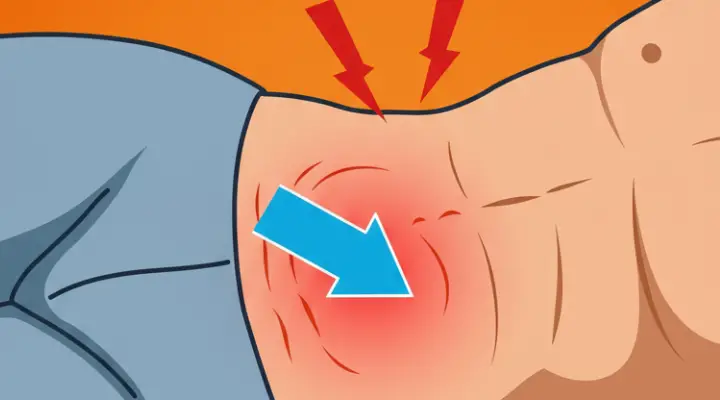7. Hand and foot tingling or numbness
High blood sugar levels can cause nerve damage, a condition known as diabetic neuropathy. Early signs of this include tingling, numbness, or a burning sensation in your hands and feet. These symptoms may worsen over time if blood sugar levels remain uncontrolled. If you’re experiencing unexplained tingling or numbness, it’s important to seek medical advice as it could be an early sign of diabetes.
8. Skin Changes
Diabetes can manifest in unexpected ways, including changes in the skin. Dark patches on the skin, particularly around the neck and armpits, known as acanthosis nigricans, may indicate insulin resistance, an early stage of diabetes. Skin tags, dry skin, and itching can also be symptoms of high blood sugar levels. If you notice persistent skin changes, it’s worth getting checked for diabetes.
9. Frequent Infections
High blood sugar levels create an environment where infections can thrive. People with diabetes are more prone to frequent infections, particularly urinary tract infections (UTIs), yeast infections, and gum infections. Elevated blood glucose levels weaken the immune system, making it harder for the body to fight off bacteria and fungi. Recurrent infections may be one of the early warning signs that should not be ignored.







